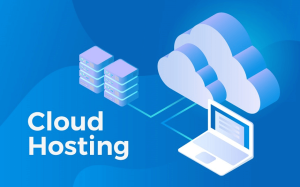The Wise Guide to Using Embedded BI

If you’re interested in stepping your business up a notch, you may be considering using embedded BI. Business intelligence is used in many companies today to improve performance, analyze data, and ultimately allow businesses to stand out from their competitors.
The wise guide to using embedded BI will tell you everything you need to know about business intelligence. We’ll tell you what embedded bi is and give you tips to help you implement it in your business operations.
What is Embedded BI
Embedded BI allows businesses to analyze their data to see whether they are meeting their business objectives. Most embedded analytics solutions integrate self-service business intelligence tools into business applications that are commonly used.
BI tools will enhance your employee’s user experience as well help them improve data visualization. Analytics and interactive reports can be viewed in real-time from an easy to use dashboard. A user friendly interface can display all your relevant data in one place, and data can be viewed in the form of charts, graphs, and reports.
Embedded BI software varies slightly from traditional reporting software in that it works within a narrowly defined set of variables. Data is collected from a single data source. Embedded BI also allows users to customize their data and create the reports they need by combining data from multiple sources.
Generally used alongside an enterprise application, it can be either web- or cloud-based. Embedded BI is easy to use, readily accessible, and can be employed across a wide variety of industries.
Using Embedded BI in Your Business
Actionable insights from BI tools help provide organizations with a competitive advantage by identifying and developing new business opportunities and process improvements.
With that in mind, here’s how to best take advantage of embedded BI.
Business owners and employees can use embedded BI as a decision-making tool. They can use business intelligence to carry out assigned work activities and record the data. Embedded BI can also become an integral part of workflow automation. The system can be programmed to allow specific actions to be automatically triggered based on pre-determined parameters.
Some embedded BI platforms can be extended to work on mobile devices allowing employees to view data while on the move. This helps to ensure that all distributed workforce members have immediate access to all the data they require.
Investing in an embedded BI system will help your business create a data-driven culture and will allow employees to see all the data needed in an easy to use application. This will improve productivity and enable employees and management to make better decisions. After using embedded BI for just a short period of time, you may find that your company is more able to achieve objectives and meet Key Performance Indicators (KPI).
Conclusion
Hopefully, you’ve found some helpful tips in this wise guide to using embedded BI.
Most businesses realize that there is tremendous value in storing and analyzing business data. Companies can reach their full potential when they are armed with data that’s up to date and accurate. Using an embedded BI system will allow your employees to make better decisions.
Moreover, it can create equally engaging analytics experiences for your customers too. With embedded BI, you can deliver answers to everyone in your organization, along with your broader ecosystem by embedding Search & AI into your app, portal, or product.






